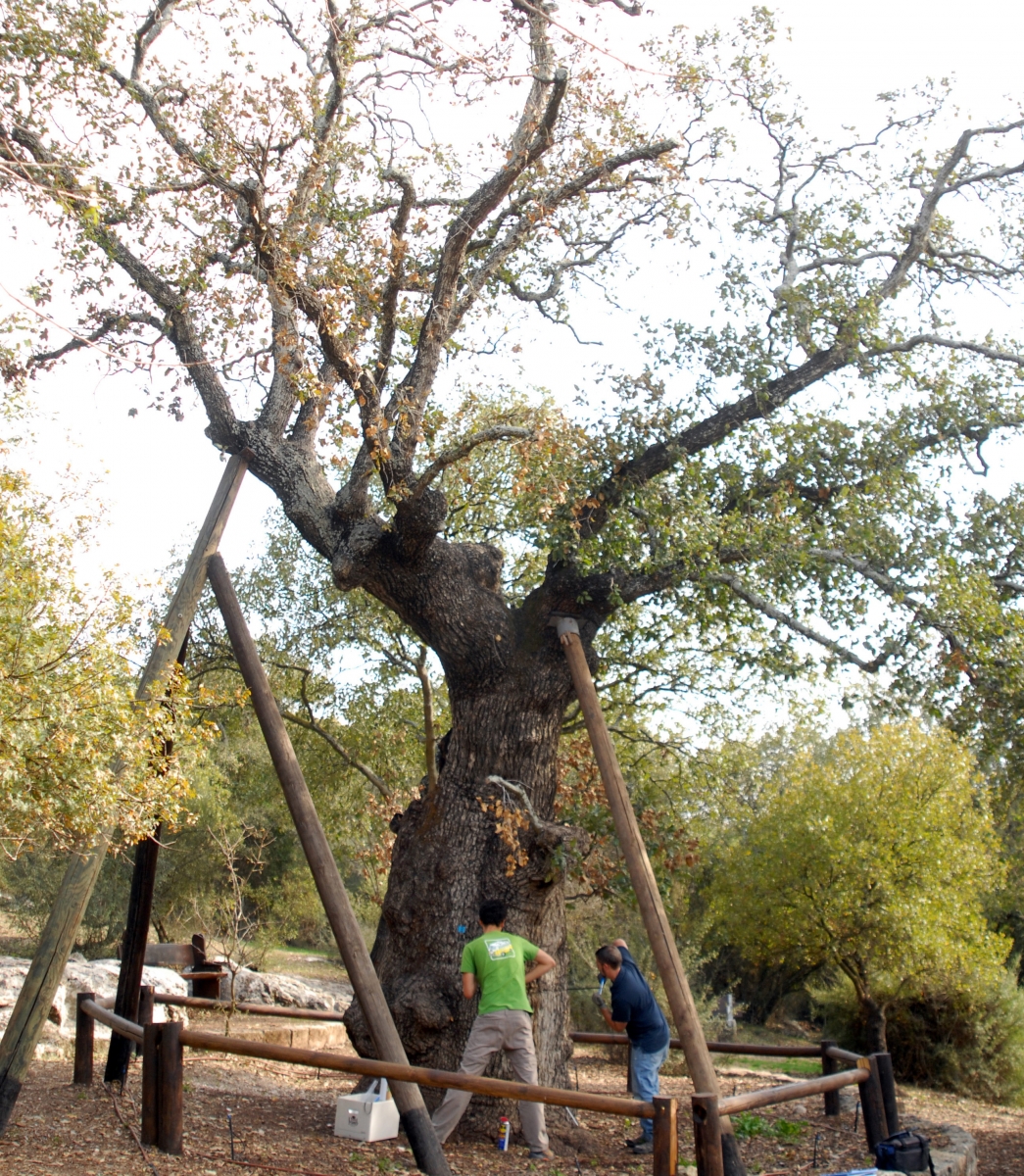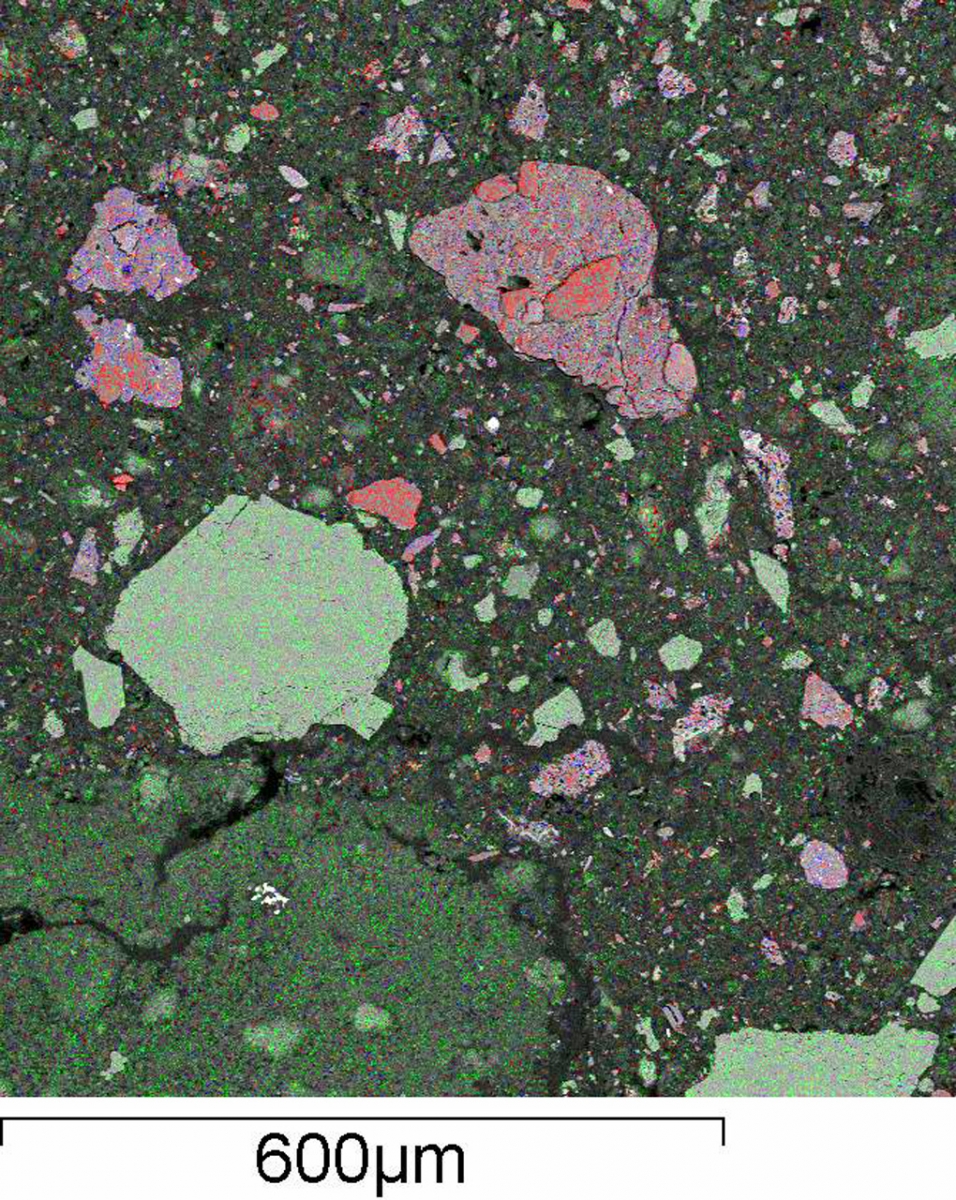Timing cultural, environmental and material changes in human history
Archaeology is all about reconstructing past human behavior based on the materials that have withstood the ravages of time.
Modern archaeology has its roots in Scandinavia in the 19th Century, when curators in the Royal Museum of Copenhagen
first organized their collections in a relative chronological time sequence, based on the shapes and material types of the artifacts.
This insight resulted in the differentiation of archaeological periods into the Stone Age, Copper Age, Bronze Age, and Iron Age;
terms that are still widely used today.
It was almost a hundred or so years later that absolute ages could be ascribed to these periods, and to many past events in the archaeological record.
This came about in the late 1940s when Willard Libby at UCLA developed a method for using the radioactive element of carbon,
namely carbon-14 or simply radiocarbon, to measure the absolute time that had elapsed since the carbon-containing archaeological artifact was formed.
Libby was awarded the 1960 Nobel Prize in Chemistry for this discovery.
The Dangoor lab is interested in three main research directions:



